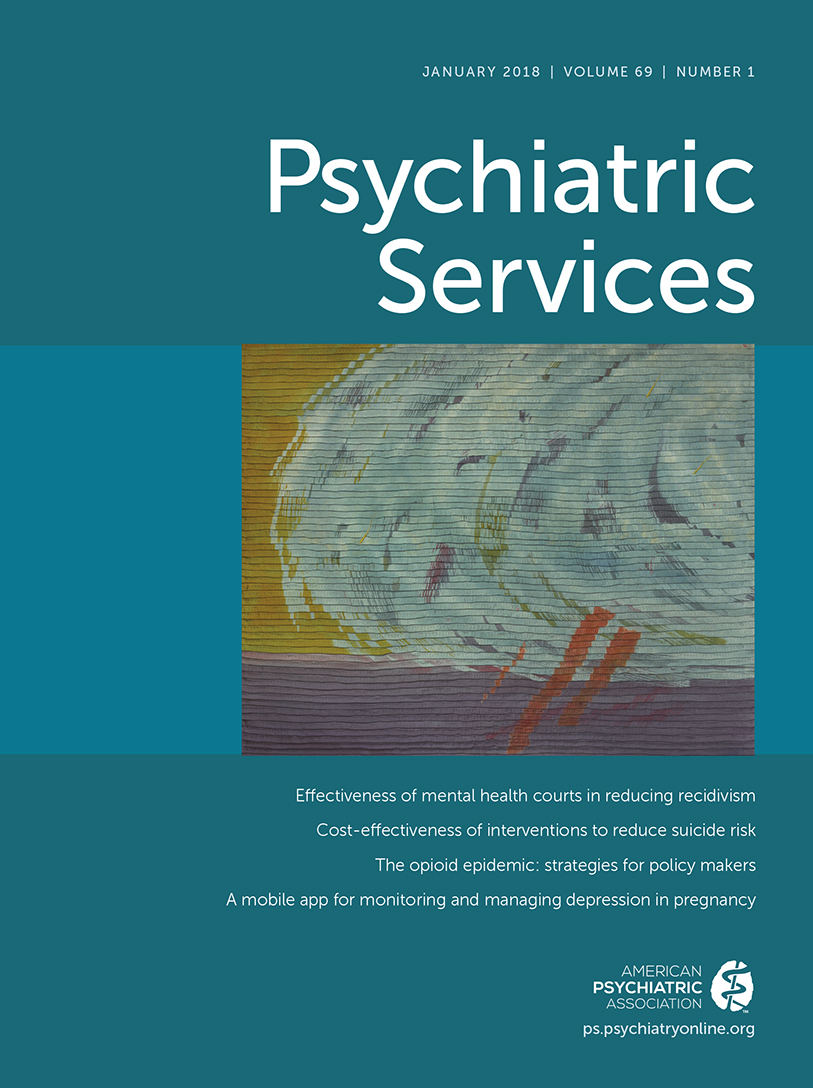Abstract
Objective:
Prevalence estimates of child psychiatric disorders with severe impairment vary widely, and there is a critical need for precise estimates to inform clinical practice and policy in the United States. This study presents a systematic review and meta-analysis of population-based U.S. studies estimating the prevalence of youths with serious emotional disturbance (SED), as defined by the Substance Abuse and Mental Health Services Administration.
Methods:
Studies were identified through searches of the MEDLINE and PsycINFO databases and nine prior reviews. Two raters evaluated 423 full-text articles, and studies were included if they assessed psychopathology and functional impairment among community samples of youths (age ≤18) in the United States via structured interviews or standardized, nationally normed rating scales and if they reported point to 12-month prevalence estimates. Prevalence estimates of SED with domain-specific and global impairment were extracted, along with study characteristics and case definitions. Random-effects meta-analysis was used to calculate pooled prevalence estimates; metaregression analyses tested predictors of heterogeneity.
Results:
Twelve studies met inclusion criteria. The pooled prevalence of SED with domain-specific impairment was 10.06% (95% confidence interval [CI]=8.60%–11.51%, N=32,015); prevalence of SED with global impairment was 6.36% (CI=5.78%–6.93%, N=38,939). Prevalence estimates did not differ by study or sample characteristic, including representativeness of the sample (national versus regional), assessment method (taxonomic versus quantitative), or time frame (12 versus <12 months).
Conclusions:
These estimates of SED are sufficiently precise to meaningfully guide clinical decision making, mental health policy, and consideration of child psychiatry workforce needs in the United States.



